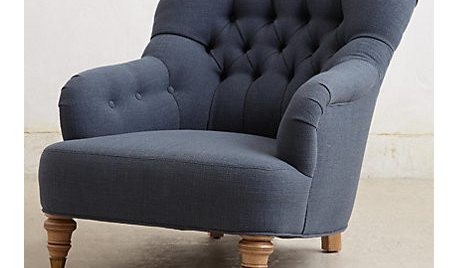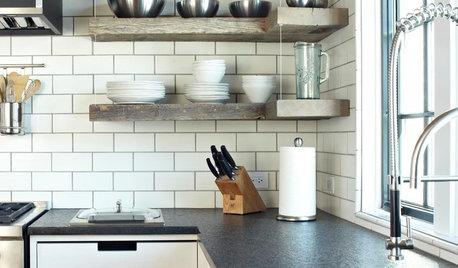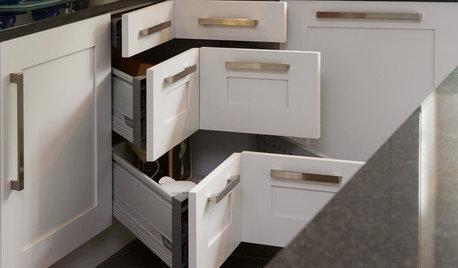backed myself into a corner
lilyd74 (5b sw MI)
9 years ago
Related Stories

LIFEYou Said It: ‘It Was a Symbolic Gesture to Myself’ and More Quotables
Design advice, inspiration and observations that struck a chord this week
Full Story
Guest Picks: Set Up a Comfy Reading Corner
With a snug chair, good lighting and other cozy niceties, you may never want the story to end
Full Story
KITCHEN DESIGNIs a Kitchen Corner Sink Right for You?
We cover all the angles of the kitchen corner, from savvy storage to traffic issues, so you can make a smart decision about your sink
Full Story
KITCHEN DESIGNKitchen Confidential: 13 Ideas for Creative Corners
Discover clever ways to make the most of kitchen corners to get extra storage and additional seating
Full Story
THE HARDWORKING HOMEFrom Awkward Corner to Multipurpose Lounge
The Hardworking Home: See how an empty corner becomes home to a library, an LP collection, a seating area and a beloved string bass
Full Story
KITCHEN DESIGN12 Cozy Corner Banquettes for Kitchens Big and Small
Think about variations on this 1950s staple to create a casual dining spot in your home
Full Story
KITCHEN DESIGNKick Back in a Kitchen Lounge
Turn an underused corner of your kitchen or dining area into an inviting, comfy space for hanging out
Full Story
TROPICAL STYLEMy Houzz: New York Chic and Laid-Back Hawaiian Style on Maui
A relocating New Yorker designs an island home influenced by her former city life
Full Story








Laurel Zito
PKponder TX Z7B
Related Professionals
Garden City Landscape Architects & Landscape Designers · Lyons Landscape Architects & Landscape Designers · Prairie Ridge Landscape Architects & Landscape Designers · River Forest Landscape Architects & Landscape Designers · Del Aire Landscape Contractors · Dinuba Landscape Contractors · Fort Mill Landscape Contractors · Parkland Landscape Contractors · West Covina Landscape Contractors · Ferguson Landscape Contractors · Albemarle Decks, Patios & Outdoor Enclosures · Cedar Falls Decks, Patios & Outdoor Enclosures · Dracut Decks, Patios & Outdoor Enclosures · Midwest City Decks, Patios & Outdoor Enclosures · New Berlin Decks, Patios & Outdoor Enclosuresgardengal48 (PNW Z8/9)
Pyewacket
zzackey
Laurel Zito
Kimmsr
lilyd74 (5b sw MI)Original Author
elisa_z5
gardengal48 (PNW Z8/9)
glib